Audi has revealed a striking two-seat sports car inspired by the TT, which previews a radical new design language for all of its upcoming cars - and will go on sale largely unaltered in 2027.
The Concept C was revealed at a dedicated event in Milan – a week before making its public debut at Audi’s local motor show in Munich – as the first step in a complete design and strategy rethink for the company, via which it aims to return to growth following a challenging period of declining sales and weakened profit margins.
Its unveiling comes around two years after Audi ended production of the TT, the era-defining, Volkswagen Golf-based sports coupé that enjoyed strong commercial success over three generations.
The retirement of the V10-engined R8 supercar a few months later left the German firm without a dedicated sports car offering for the first time in a quarter of a century.
But this new show car is confirmation that the firm will make a grand return to the segment with a compact, electric two-seater that blends futuristic cues and technology with elements of historic Audi models and a focus on driver engagement.
While the Concept C takes heavy inspiration from Audi's seminal sports coupé, though, CEO Gernot Döllner categorically ruled out applying the TT name to the production version given the inherent differences in positioning.
"The Concept C is not a successor of the TT. It's a different segment to the TT - it's somewhere exactly in the middle between TT and R8," he told Autocar. "We will come up with a name once the car hits the road as a serious product."
Simplicity is key

The Concept C – a name that references both Audi's renewed focus on 'clarity' and the 1936 Auto Union Type C grand prix racer from which it takes inspiration – is a statement of intent from new head of design Massimo Frascella, who aims to make the brand "truly distinctive again" with his radical new styling direction.
Frascella joined Audi last year after a 13-year stint at JLR, where he led the design of the current Discovery, Defender and Range Rover. On his arrival in Ingolstadt, he spoke of his appreciation of "simplicity" and said he was “passionate about creating designs that are free from superfluous ornaments and do not merely follow trends”.
The Concept C stays true to that ambition, with a minimalist, monolithic design treatment that majors on simplicity - a theme which will come to define not just the company's cars but also its strategic approach as it embarks on a "fundamental realignment" underpinned by a focus "on what is essential".
Audi is currently fighting back after a "very challenging" 2024 in which it faced severe headwinds in the form of supply chain challenges, global political tensions and increased Chinese competition. Ultimately, the firm posted a 12% drop in deliveries, a significant 7.6% dip in overall revenues and a dramatic drop in profits of more than three percentage points.
With the company warning that 2025 "will not be any easier", Döllner recently spoke of the need to "make Audi future-proof again" by cutting costs across the whole organisation and remodelling its future strategy "with the courage to break new ground and with confidence in our traditional strengths".
Audi said the Concept C embodies this strategic rethink with a "reduced and timeless aesthetic that will continue to differentiate the company in times of increased competition".
"It is a tangible interpretation of the new design philosophy, a symbol of the determination that will transform our company and the entire brand," said Frascella, referring to the new approach as "the radical next".
Already, in its quest for simplicity and clarity, Audi has reversed the oft-critiqued decision to give electric cars even model numbers and ICE cars odd - a strategy that customers and dealers said was inviting confusion and making the model range hierarchy unclear.
Clues to the future
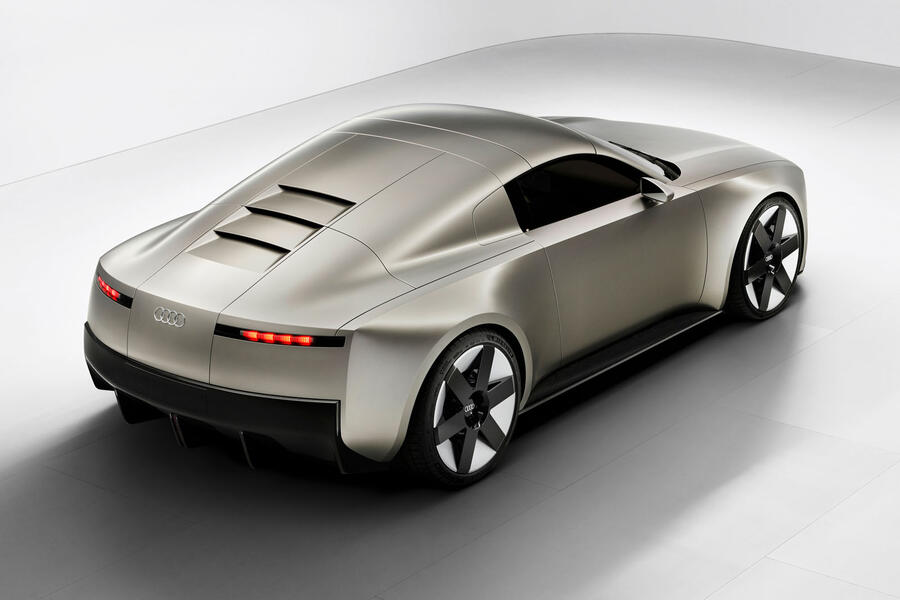
As a design showcase, the Concept C introduces several new features and cues that will be rolled out across the Audi line-up in due course, but it is intended as more than a mere show car - and Frascella told Autocar it will make production in almost this exact form in two years' time.
"The car that you see here is a preview of a production car - almost literally," he said, confirming 2027 as an expected launch date.
The Mk4 TT will be one of the first entrants into a nascent electric sports car segment - with concerns over weight, cost and driver engagement commonly cited as barriers to growth in this sector. Frascella acknowledged the challenges but said: "How great if we are the ones that change that perception." He added that Audi "would not be doing it" if it did not see the segment as viable.
That was backed up by Döllner, who said: "We have been looking at the market. It's not a huge market, but we believe it's a very interesting segment to have a roadster and a coupé in one concept."
He added that the production car will remain electric-only, and there are no plans for a combustion version: "We believe the electric drivetrain is a perfect fit. It's not a car for the race track - it's a car for country roads, for performance driving."
But he did acknowledge the challenges in matching the engagement and tactile appeal of traditional combustion-powered sports cars, and said Audi is likely to add optional synthesised engine notes and gear shifts in a bid to enhance the sports car's dynamic appeal.
"To start, maybe we will add sounds and emotion for those who miss it. But personally, driving a convertible, I don't, I don't miss the engine sound driving around. So it's two customer groups: one for silent cruising and the other ones who want performance and sound, and we will deliver solutions for for both groups.
With regard to potential for a 'fake' gearbox, he said: "We are investigating different strategies there. To be honest, in the first place, we thought we should not do that, but we changed our mind...
"With an electric car on the race track, I'm faster with a virtual gearbox than without, because it's a very important feedback that you get when you are trained on a car with a manual gearbox, and it's also a performance measure."
Frascella stopped short of identifying any specific areas that could change for the production car but said: "It's a close preview - pretty much what you see."
Like the original TT of 1998, the Concept C's glasshouse extends to the rear of the body and appears to sit "on" the body, with the two halves of the car split horizontally by an accentuated shoulder line.
The two-seater features a retractable hardtop – a first for an Audi cabriolet – and 'mid-engined' proportions that are the result of a centrally mounted battery pack - a layout it will share with Porsche's upcoming 718 Boxster and 718 Cayman, which use the same specially adapted version of the Porsche-Audi developed PPE platform.
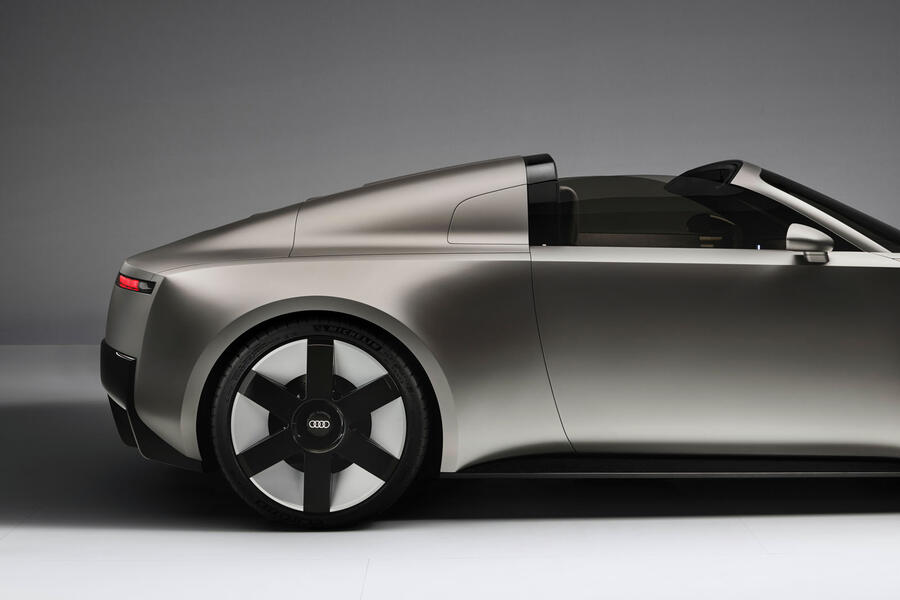
Placing the batteries in the centre of the chassis, rather than under the floor, allows an electric sports car to have its seats closer to the ground, optimises weight distribution and keeps the centre of gravity as low as possible - all attributes that help to make them feel like 'traditional' ICE sports cars.
The Concept C, which is described as driveable, uses a single motor at the rear, but the production version will be available with a range-topping twin-motor arrangement - although no power figures have been given.
One of the most notable elements that will be carried over to production cars is a new upright grille design which harks back not just to the earliest Audi models (including the Type C racer) but also cars like the C6-generation Audi A6 from 2004.
Described as "a progressive interpretation of Audi's legacy", this new-look centrepiece is used to more prominently showcase the brand's four-ring logo and to house the "forward-looking technology" that will feature on next-generation models - including ADAS cameras and sensors.
In taking inspiration from the Type C and original TT, Audi is seeking to leverage its heritage as a means of strengthening its identity in an increasingly competitive market - much as BMW is doing with the Neue Klasse, Renault with the 4 and 5 and Fiat with the 500 and Panda.
Asked whether there is a risk that nostalgia-influenced designs could become repetitive, Frascella told Autocar: "Retro is always a risk, but what we're trying to do here is not to look back and just do what was done before; we're just looking back to understand our heritage and to build on our DNA."
The Concept C's distinctive new light signatures, with Audi's four-ring motif echoed in the LED patterns, will also make it to showrooms - a decision that Audi said will make its cars more recognisable on the road at night.

Frascella was most recently employed as a designer of some of the largest SUVs on European roads - the Range Rover and Discovery, for example, being a far cry from this compact two-seater, but he said there is no particular challenge in applying his thinking to radically different segments.
"I've worked on cars of any size and shape over 30 years, so there's very little to no adjustment. What is more important than the size is that you understand what you're doing and what you're trying to bring out."
He added that the minimalist, almost bare-bones approach taken with the Concept C can be applied to various extents across segments, rather than being reserved for smaller, more driver-focused models.
He said: "If you can do it with Range Rover... Once you have a very clear understanding of what you want to do as a design iconography, you can apply it to different products and a different experience.
"So an A8 wouldn't be just a stretched version of this, just with a longer wheelbase and roof, but it will take the principle of this design and it will be applied to the car [in a way] that is appropriate."
Reinvention inside and out
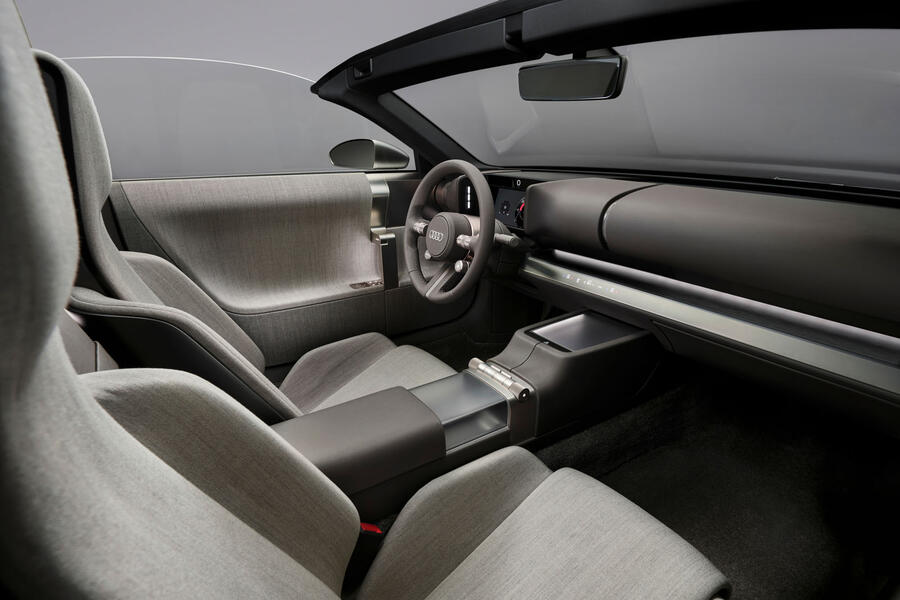
The Concept C's resemblance to Audi's seminal sports coupé is no coincidence, the launch of the original Bauhaus-style TT having been a formative moment for Frascella.
"In 1998, when the first Audi TT arrived at a dealership in Turin, I took a day off work to just look at the car in peace," he said. "I was there for hours, looking at the car from every angle, touching every surface.
"The staff probably thought I was crazy. But for me, the TT was more than just a car. It was a message: you don't need to shout to be heard. You don't need excess to make a statement. You just need clarity. And, more importantly, the courage to follow it."
Clarity and simplicity, then, are themes that will define Audi's future production cars - making good on Frascella's initial pledge to usher in a "timeless and sophisticated design language".
This thinking will also apply to the interiors of the new cars, as showcased by the Concept C's minimalist, driver-focused cockpit.
Audi has fabricated the physical controls from anodised aluminium to give "a tactile experience that reflects mechanical quality", and has engineered them to ensure they make "the unmistakable 'Audi click'" when operated.
A foldable 10.4in screen in the centre console ensures that technology "is always close by yet never dominant", providing "information in an intuitive way and in context, tailored to every situation".
Overall, Audi said, the balance between traditional physical controls and 'shy' digital technology means "the controls are exactly where they are expected to be".
Meanwhile, the multifunction steering wheel is round rather than squared-off as it is in Audi's current models, and the Audi badge in the middle is made from real metal, emphasising the company's renewed focus on authenticity and physical appeal.
Audi: what's coming next?
The first beneficiary of Frascella's new-school approach is expected to be the next-generation Q7, which is understood to have been designed prior to his arrival for a launch in early 2026 but was pulled back into the studio for a late redesign according to the new principles. The production version of the Concept C, though, will be the first car styled entirely according to the new design language.

Frascella will also oversee the final design of crucial upcoming models, including the 'A2 E-tron', an entry-level EV that will replace the A1 and Q2 next year; the electric A4, due later this decade'; and a luxury EV flagship in the mould of the A8, originally known as 'Project Landjet'. A range-topping SUV, set to be called the Q9, is also on the cards as a full-blown rival to the Range Rover that Frascella designed in his previous role.
Audi said that "performance models from Audi Sport" are among its planned unveilings next year – likely to be tied into its entry into Formula 1 next season – likely referring to the next-generation RS5 and RS6, both set to be launched in the coming months.
Separately, Audi is understood to be working on a third-generation R8 supercar, which will use a 900bhp-plus V8-engined plug-in hybrid system shared with the Lamborghini Temerario - much as the previous R8s were related to the Gallardo and Hurácan.

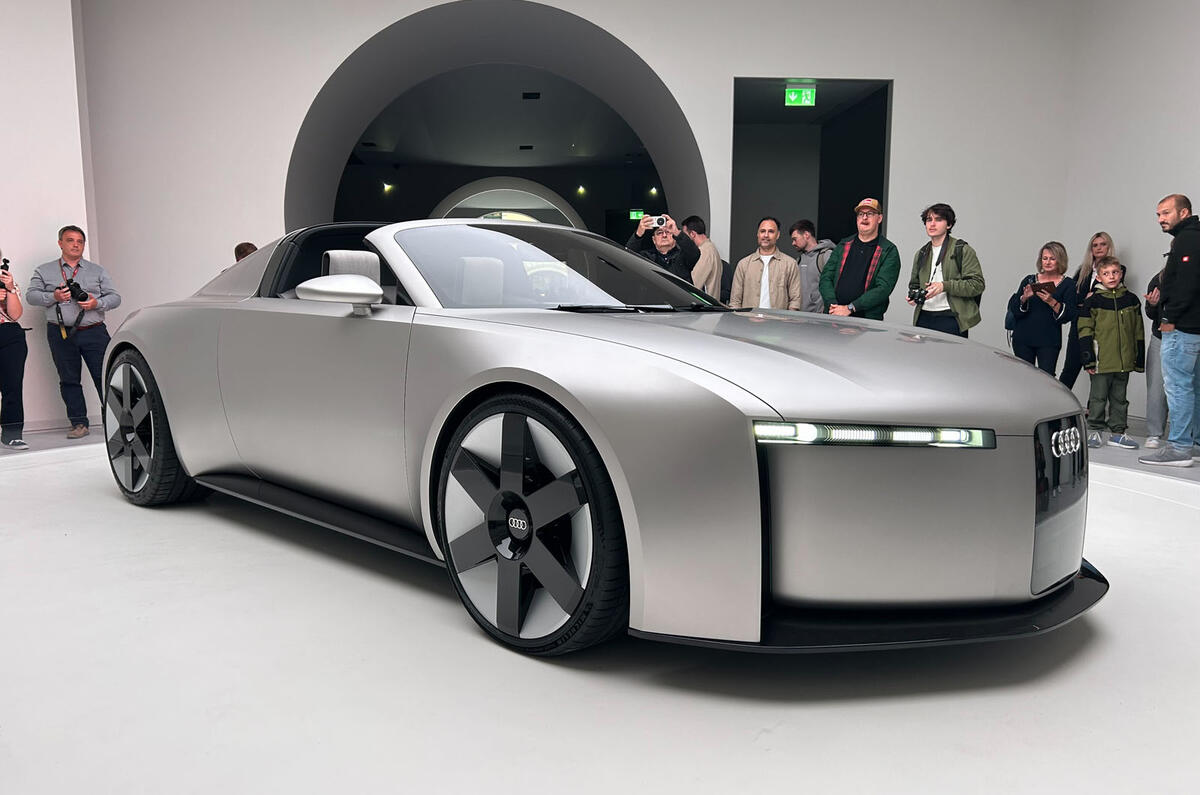
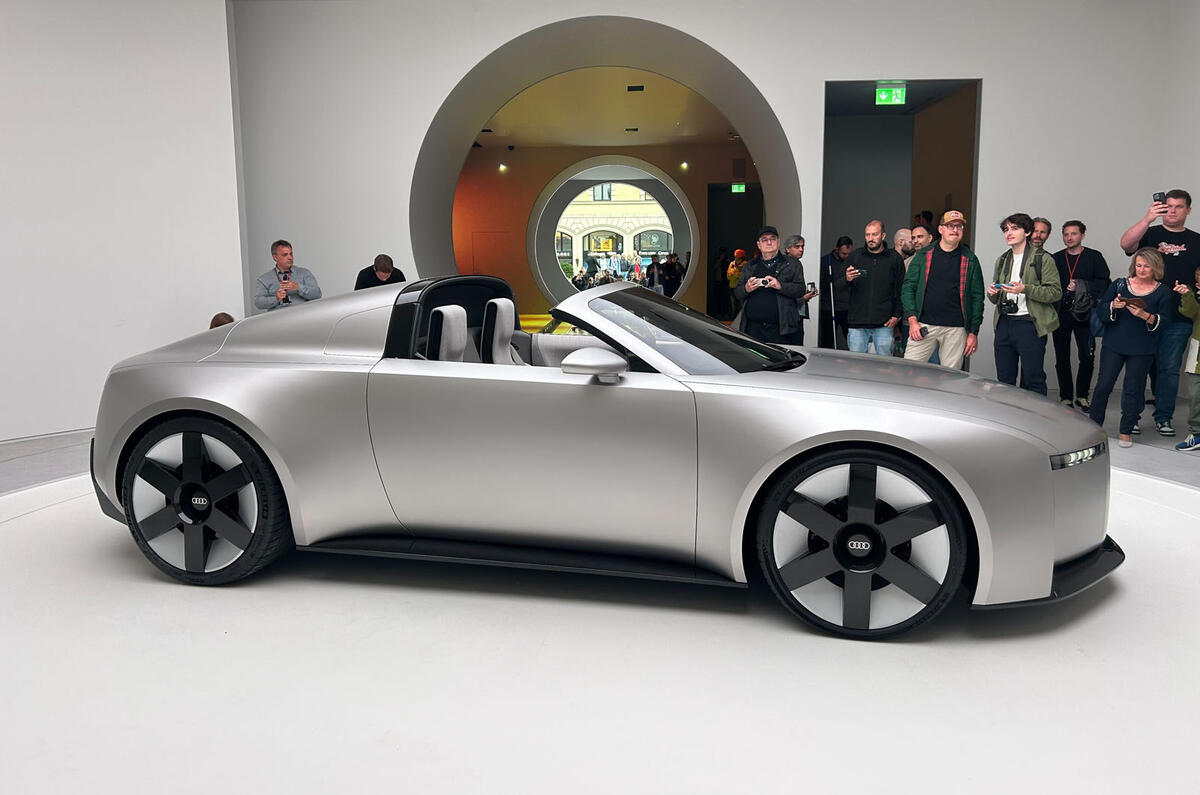
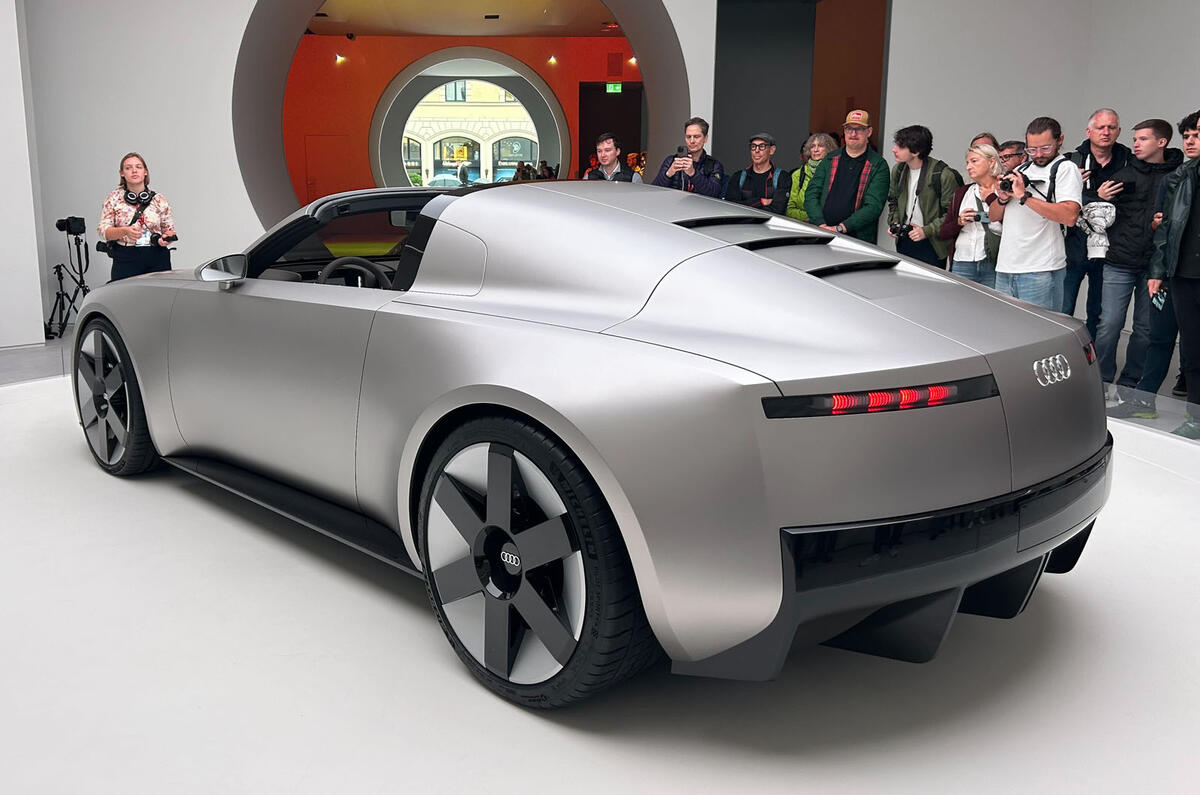
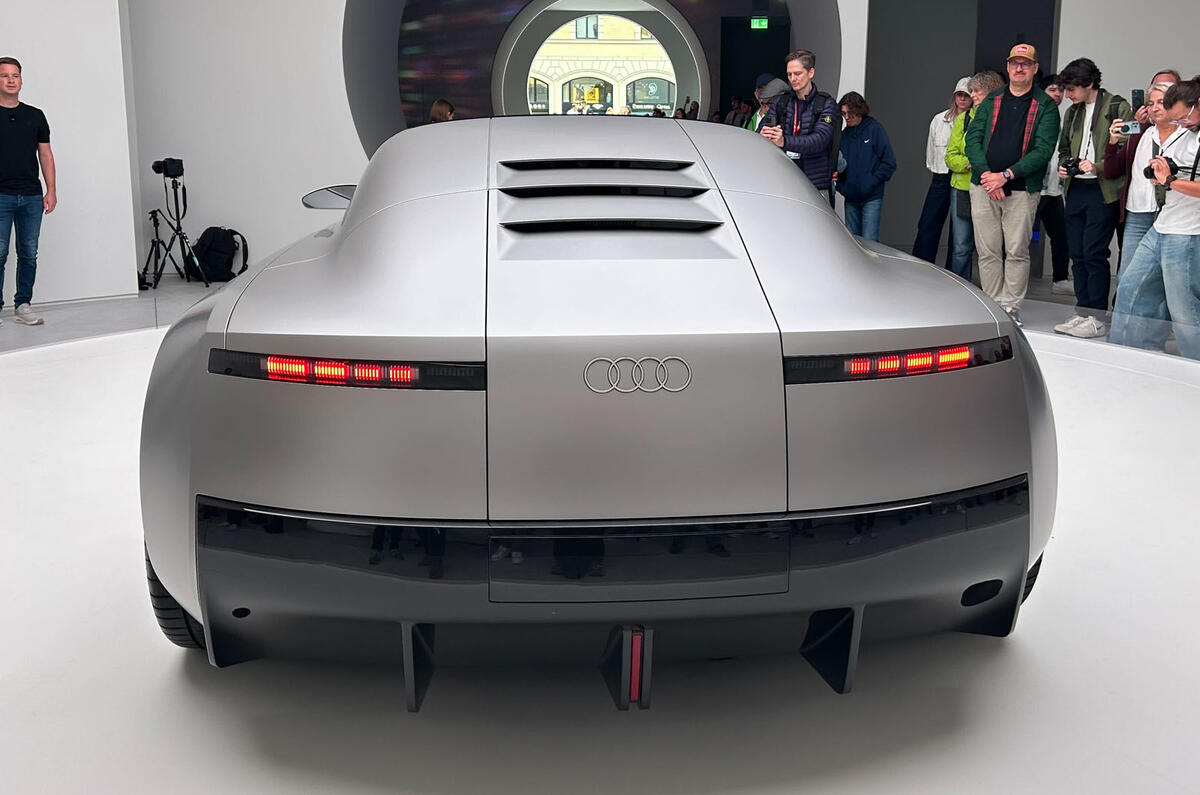
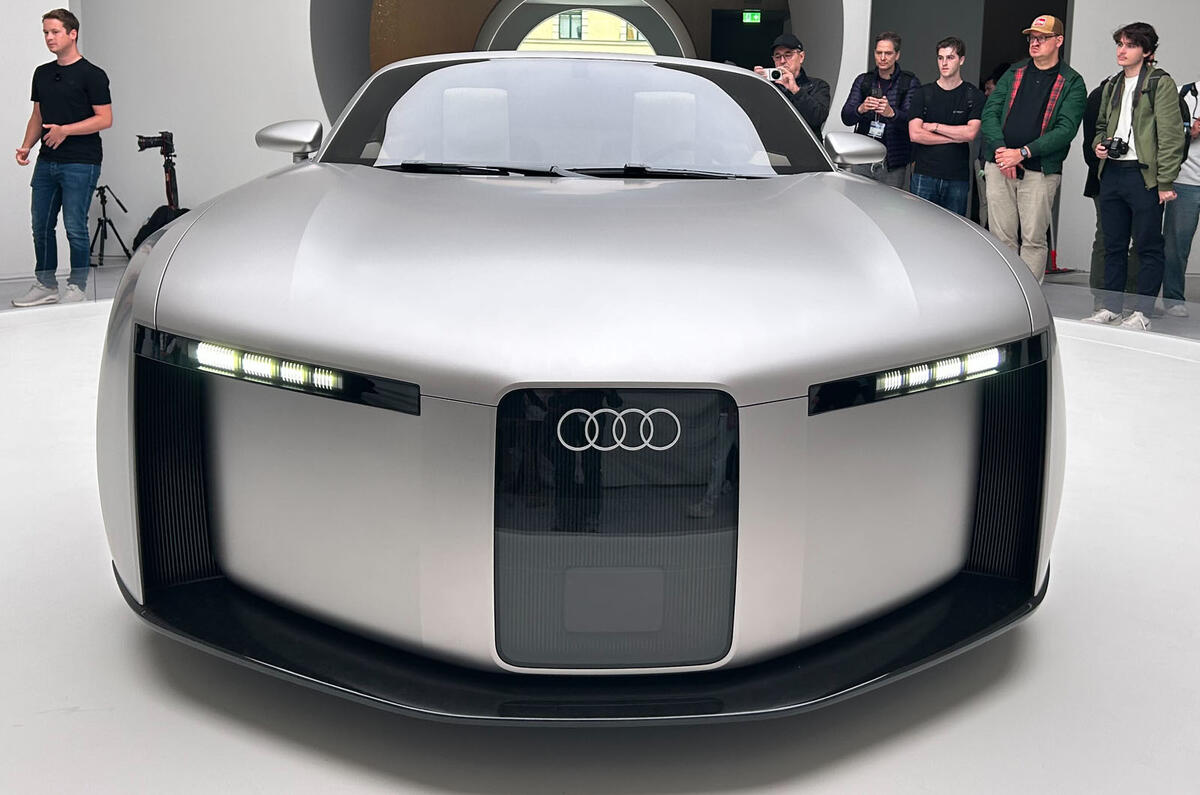
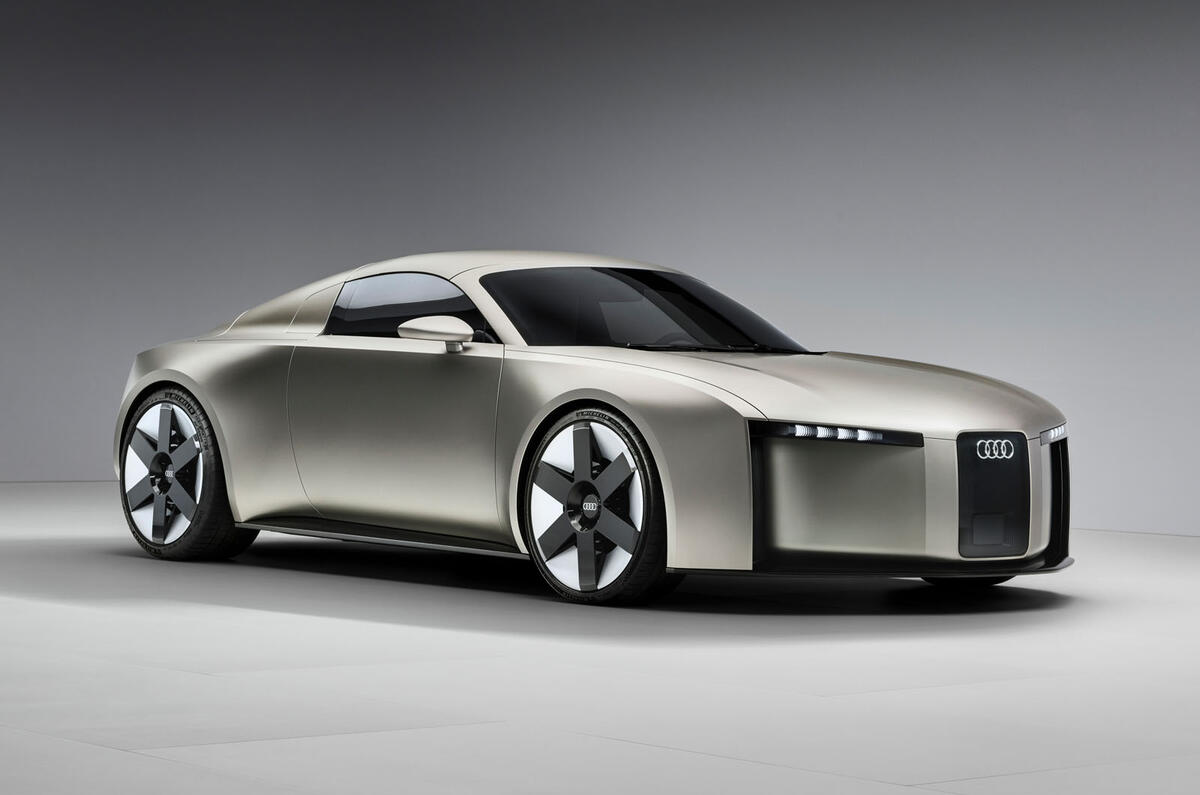
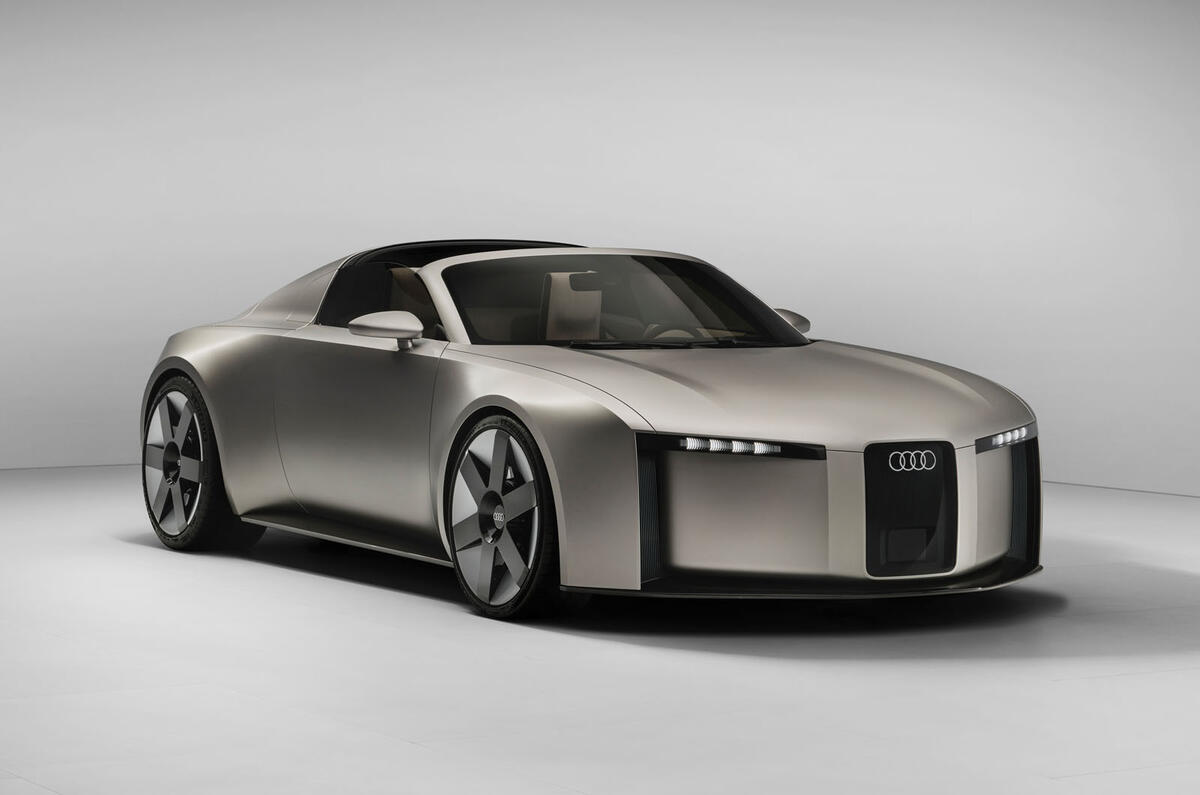
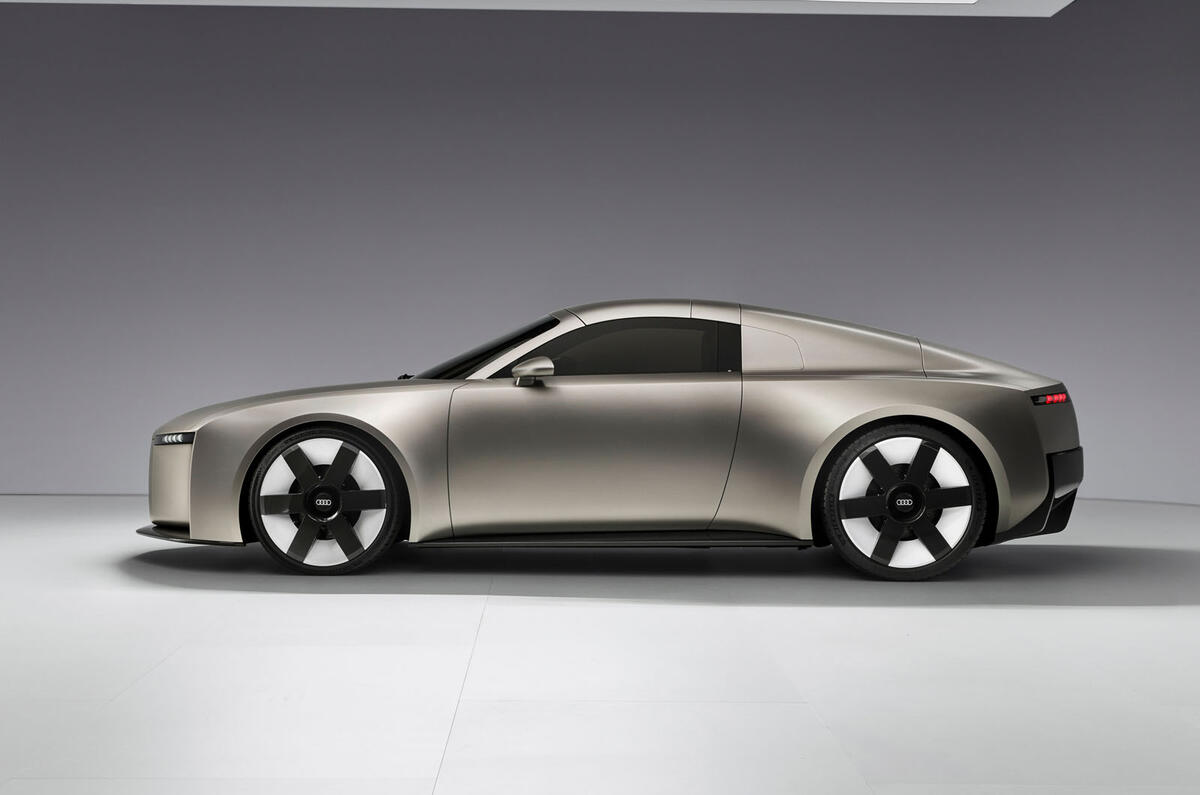
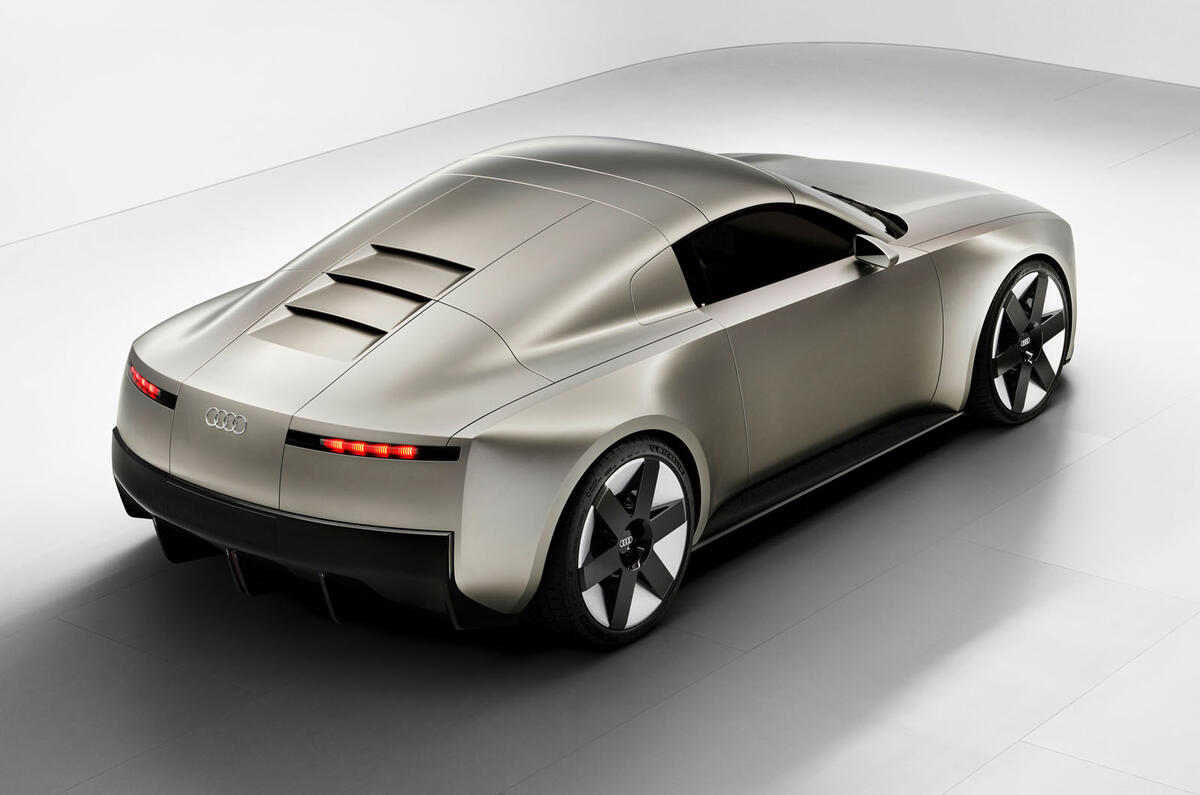
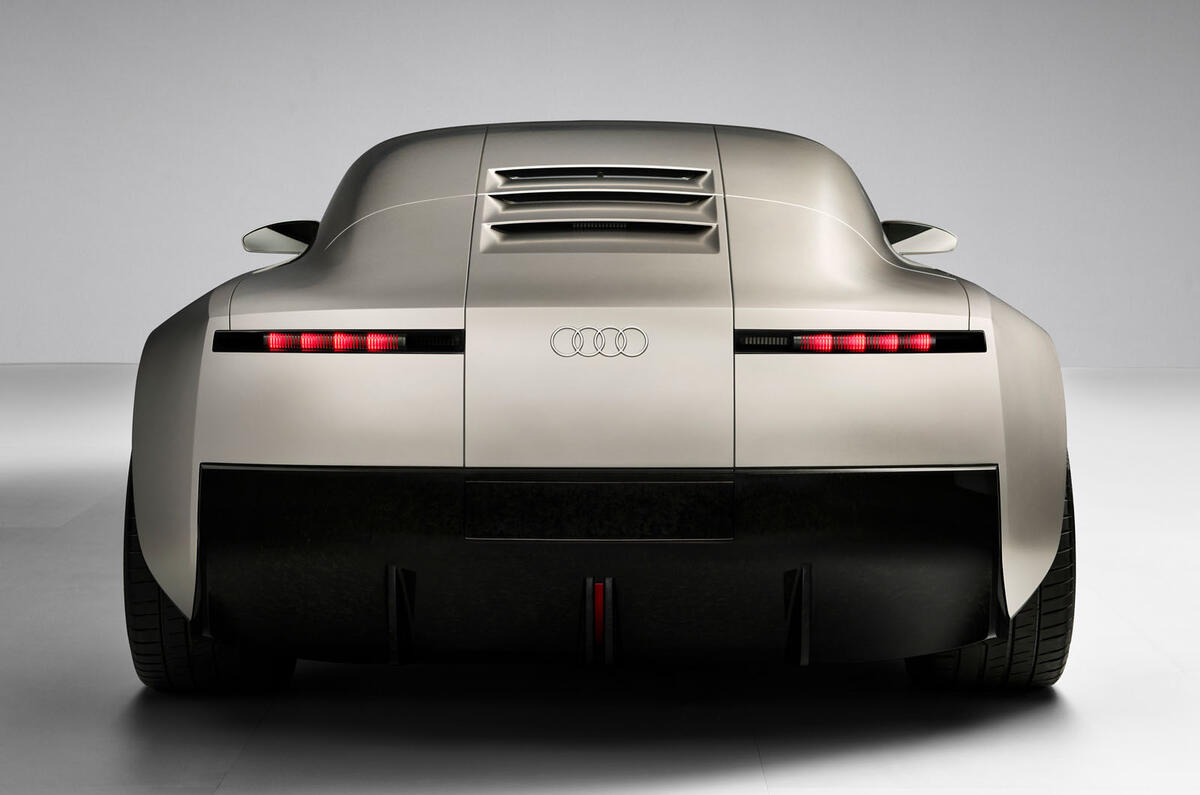
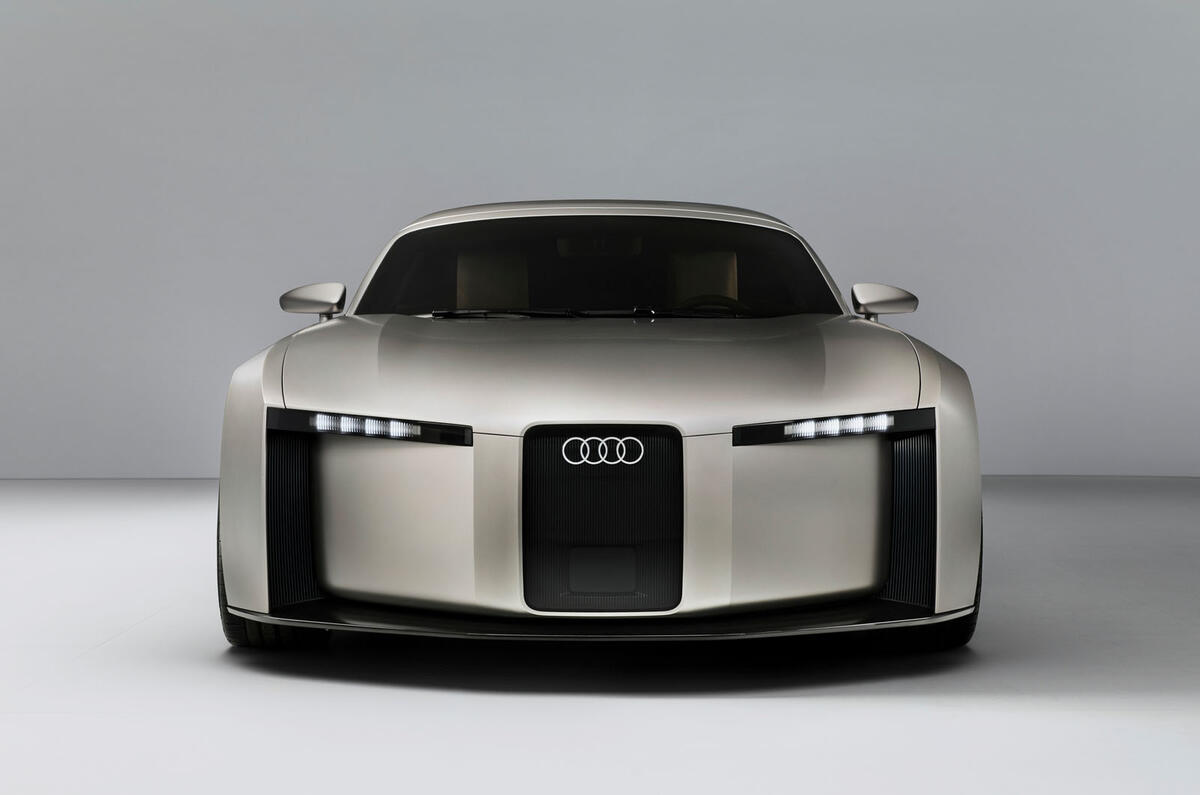
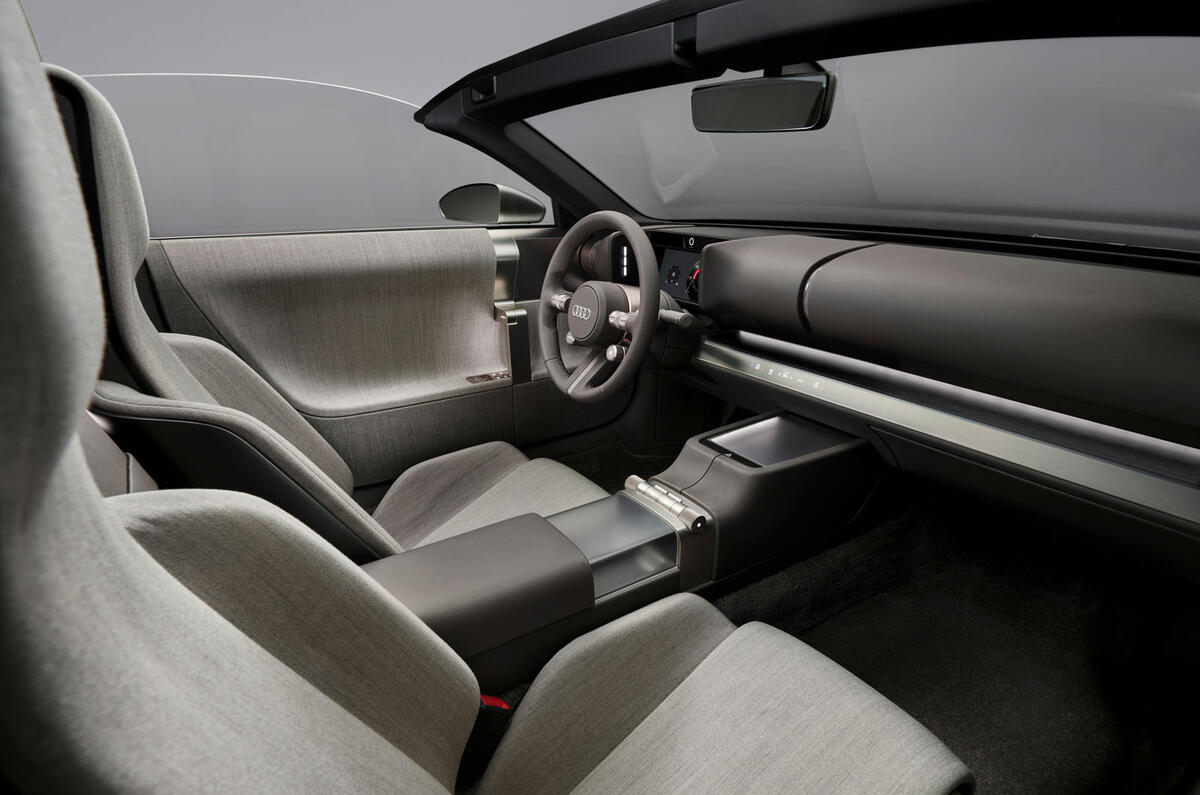
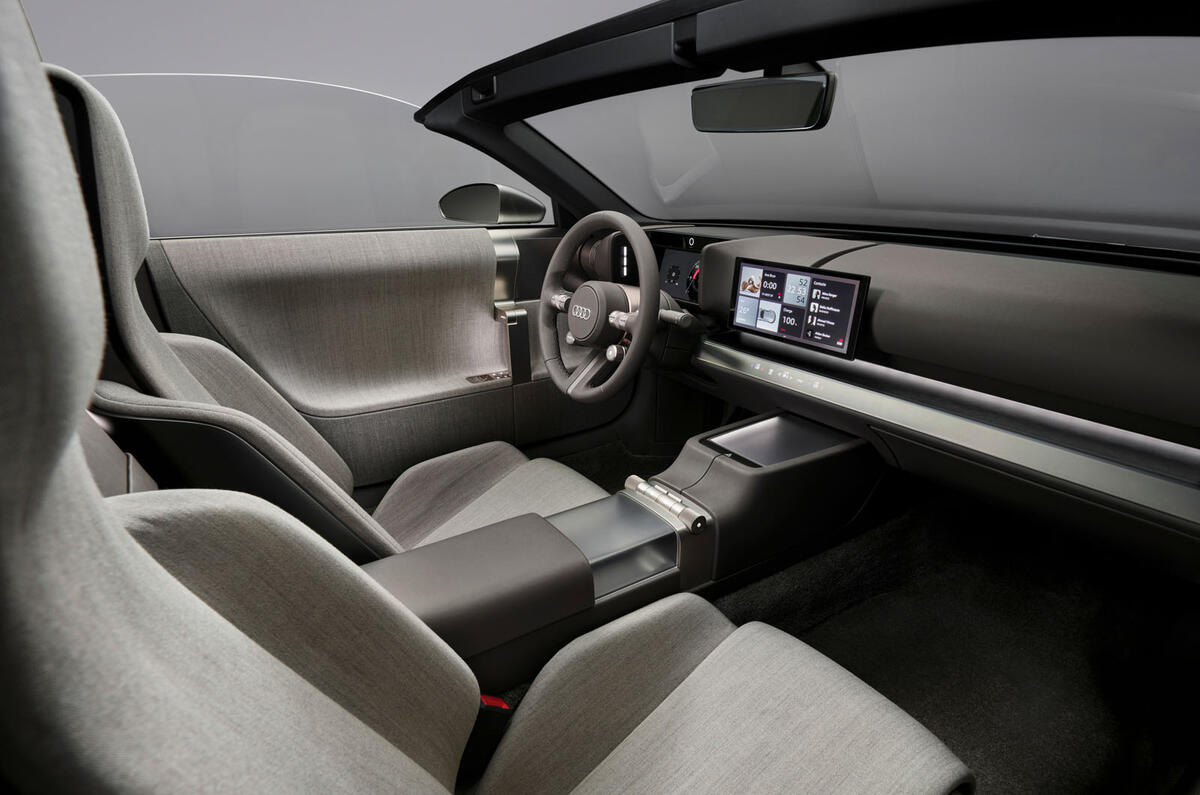
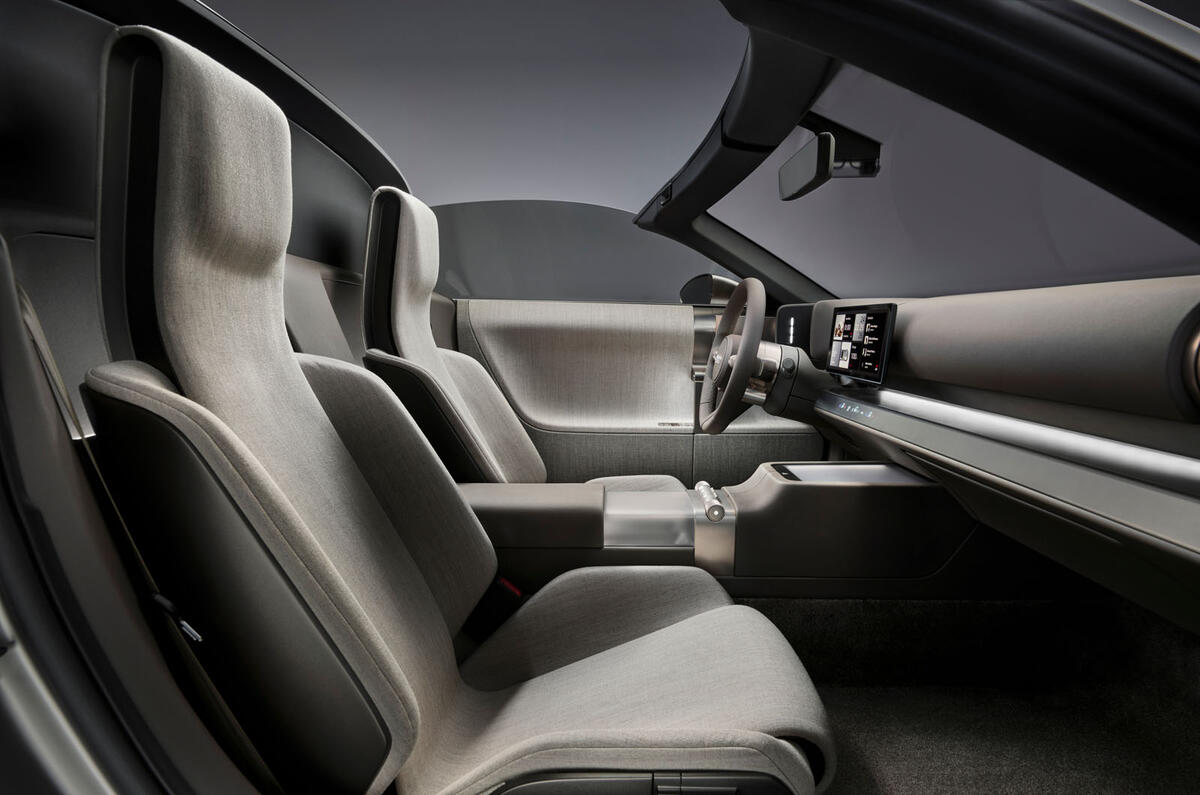

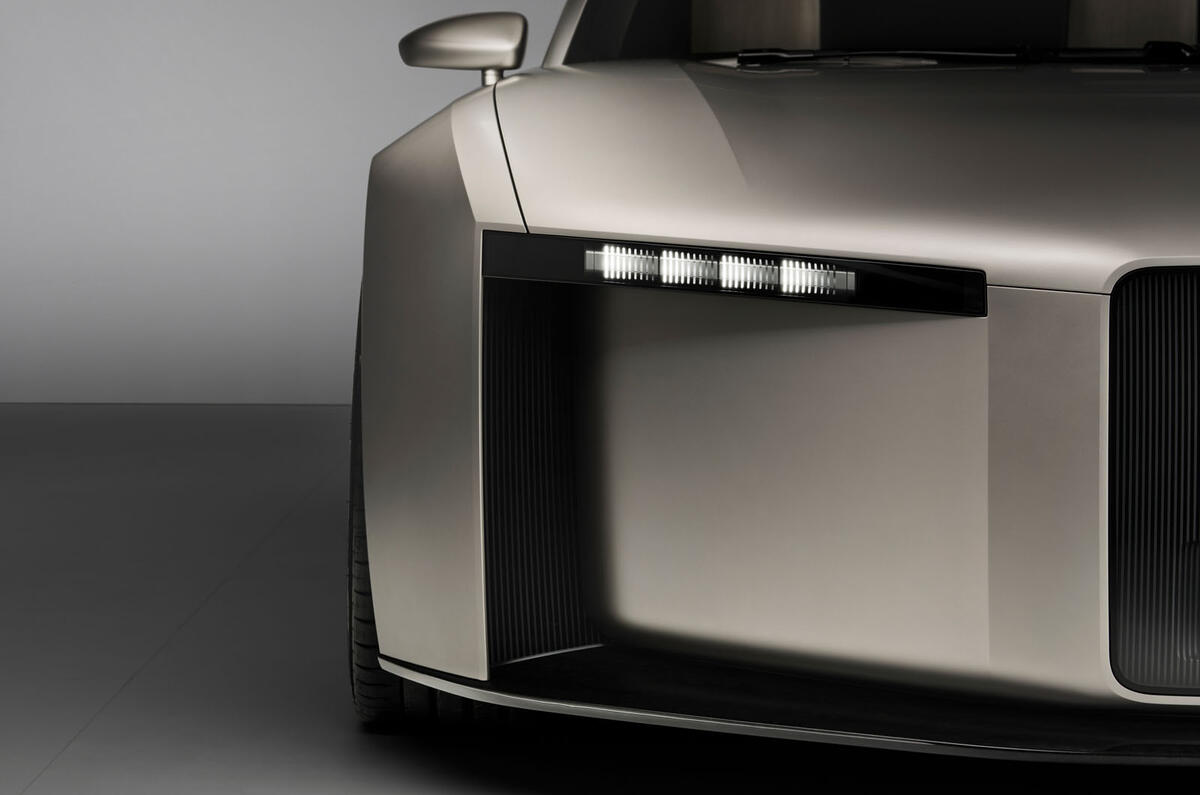
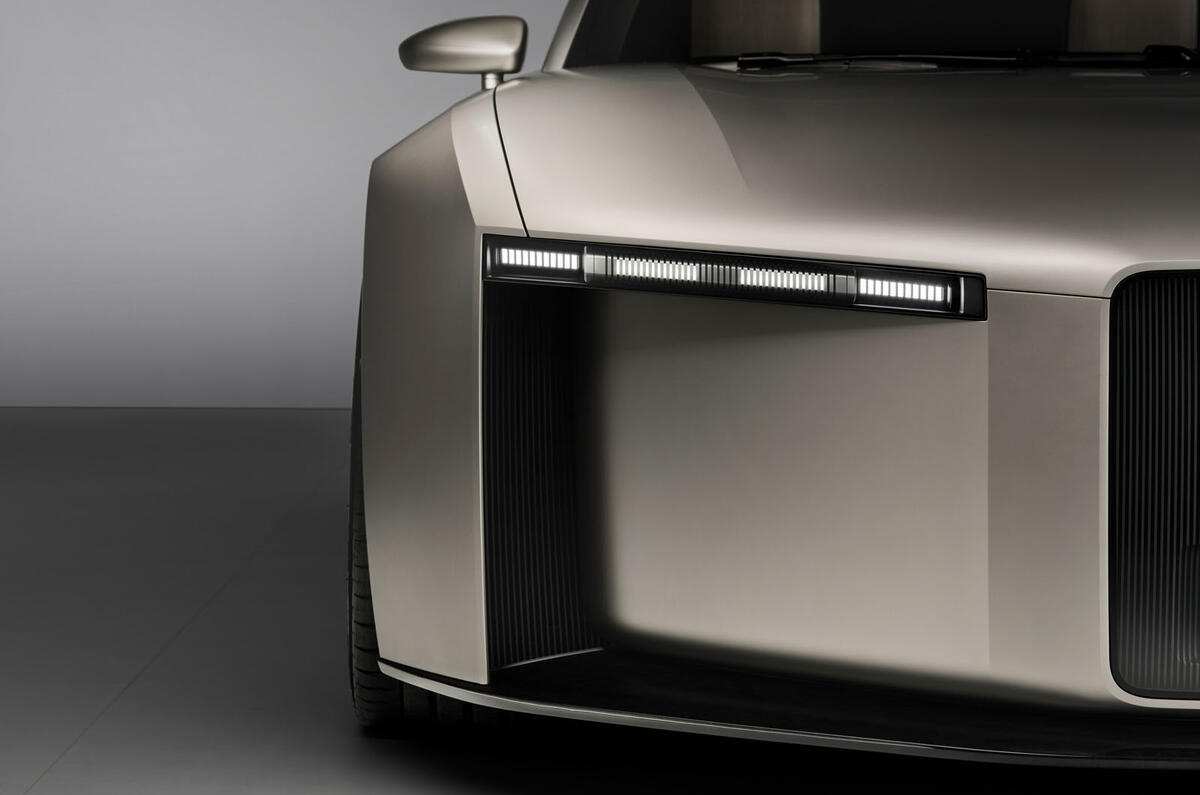
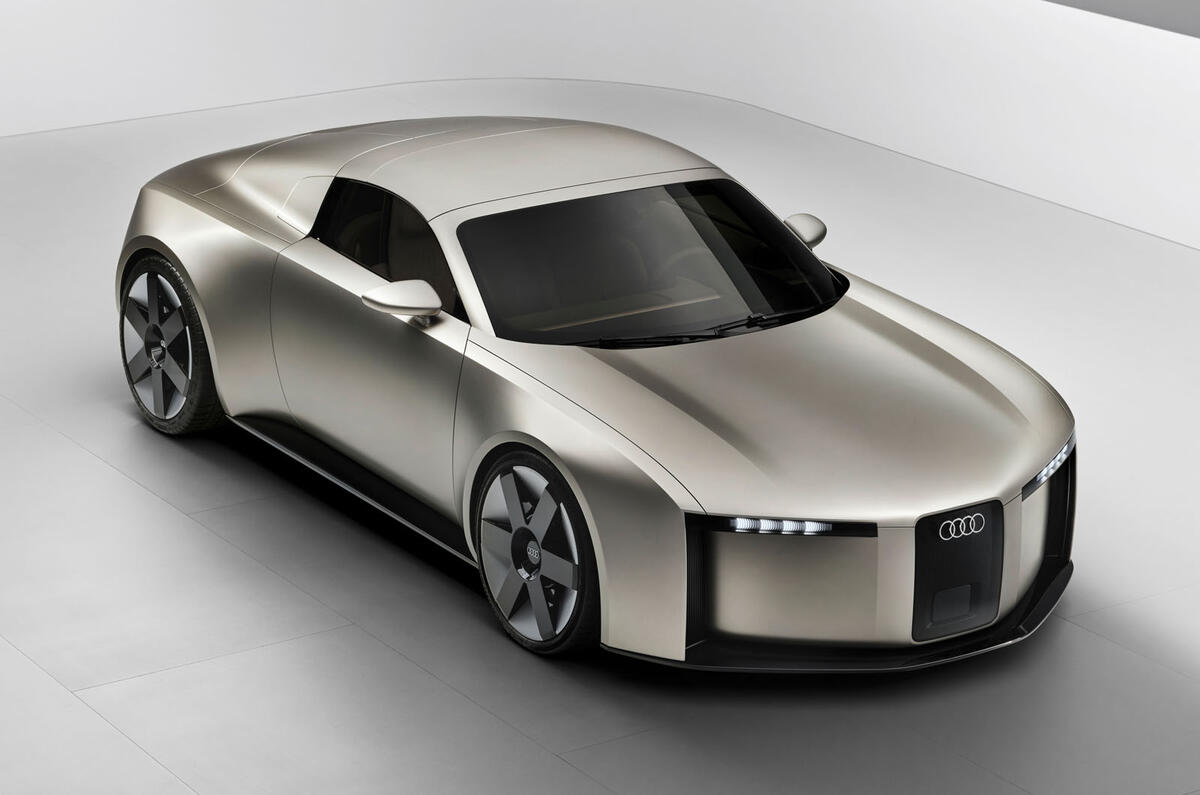
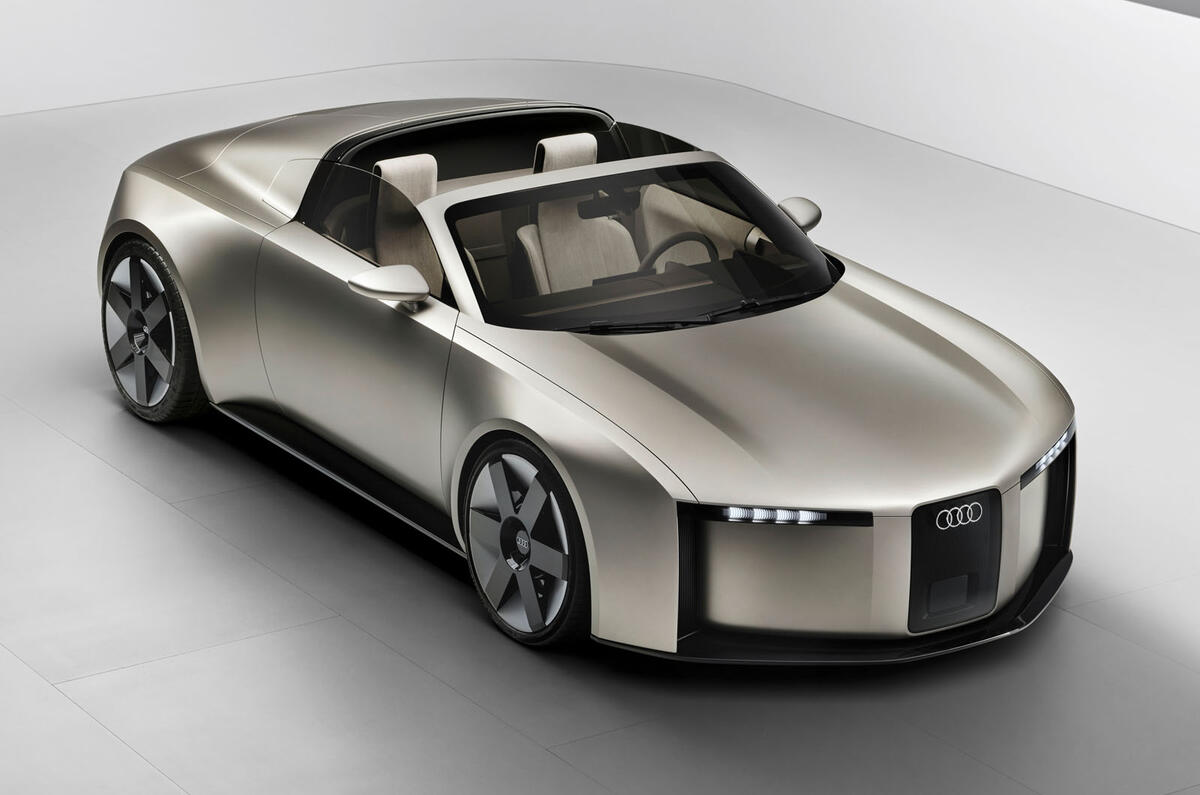
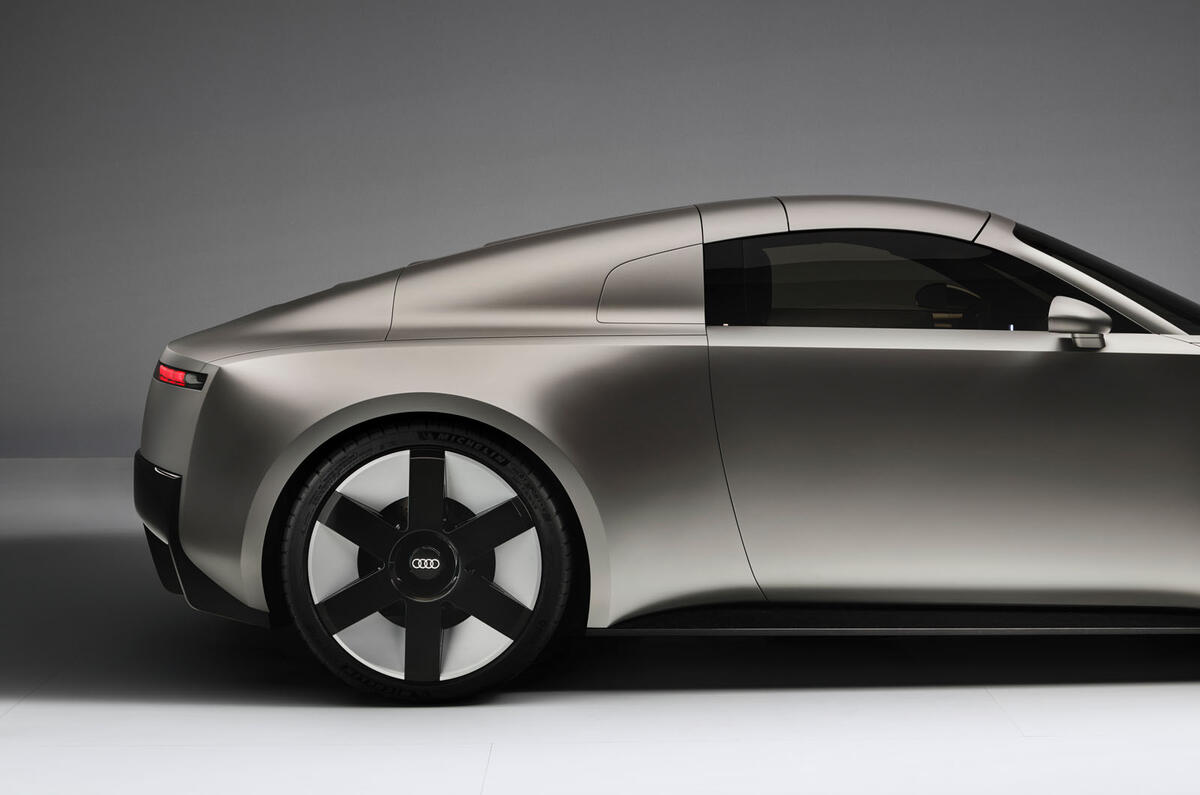
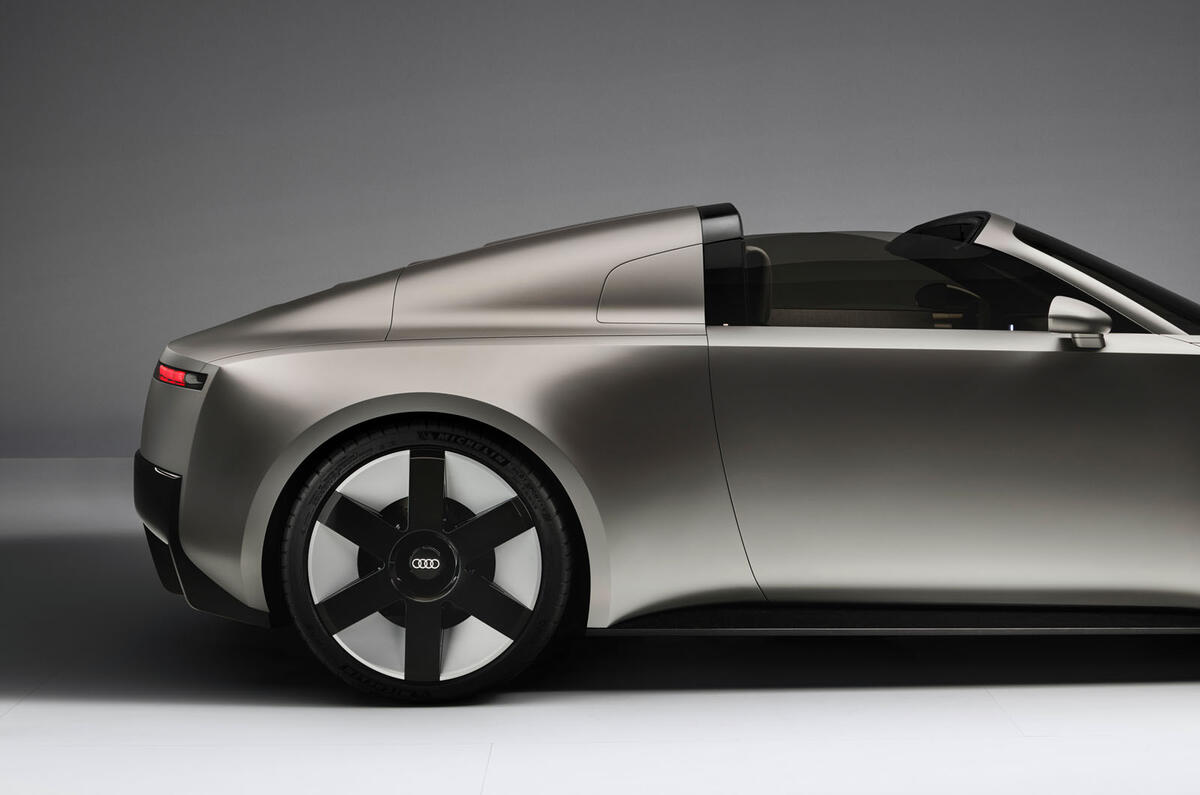
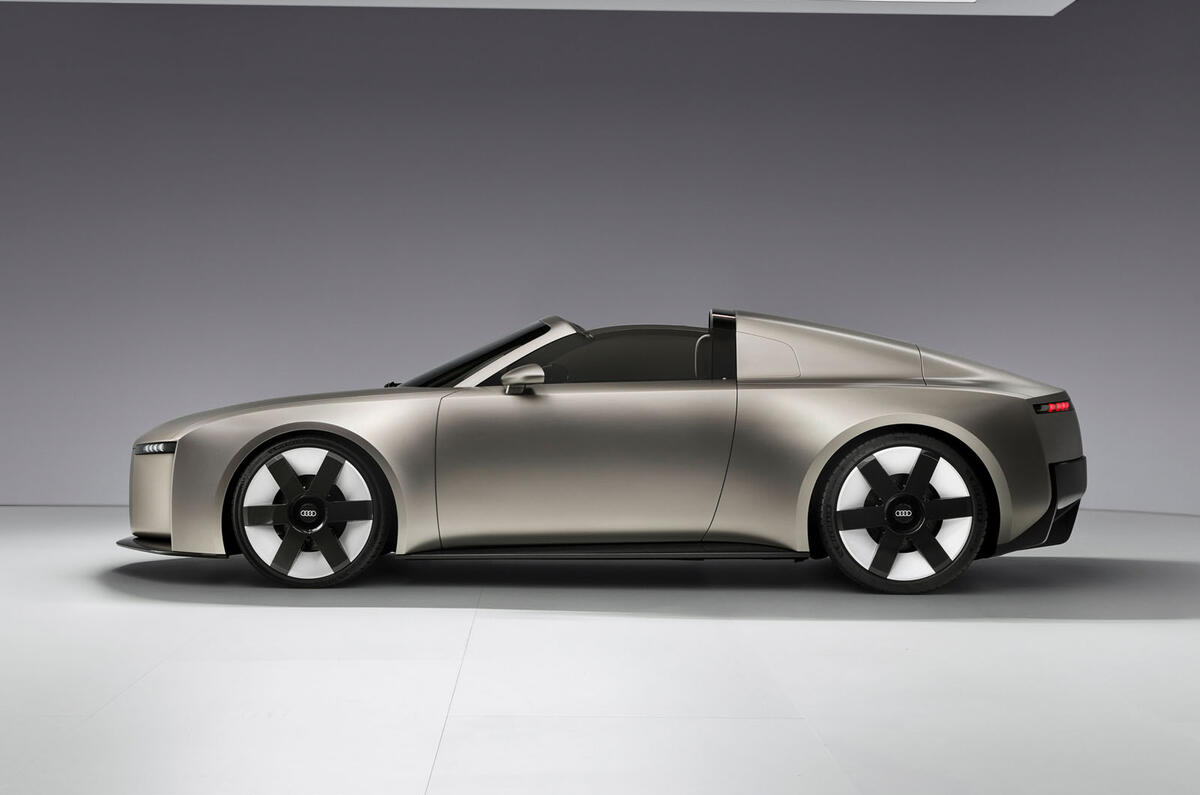
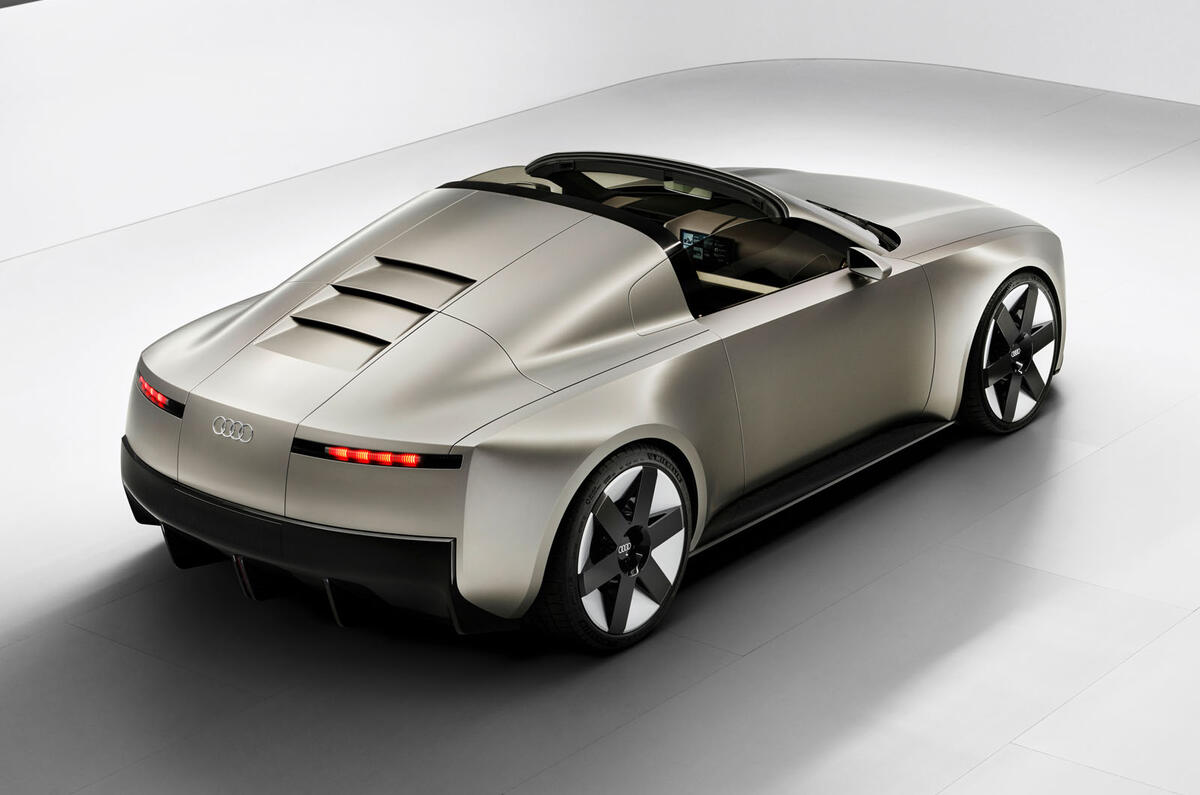
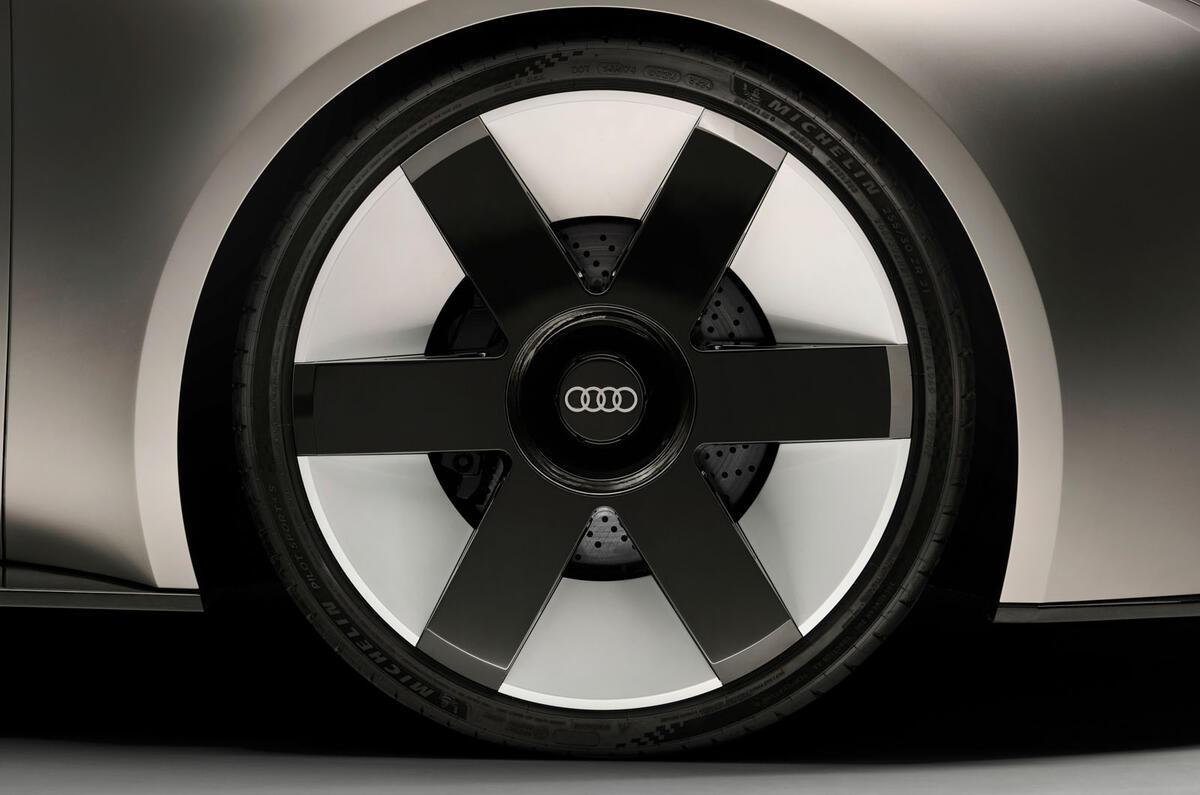
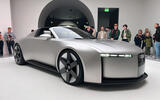
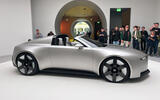
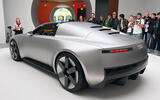
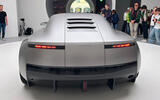
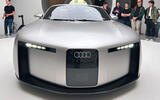
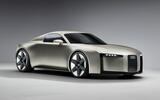
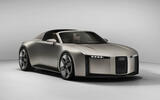
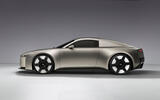
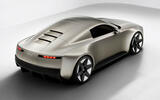
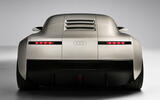
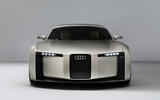
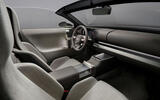
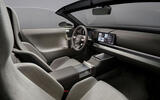
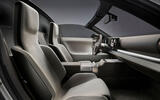
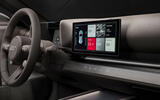
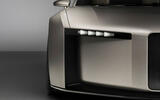
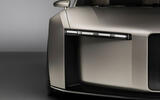
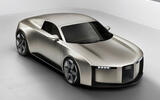
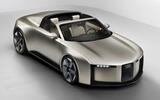
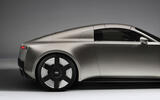
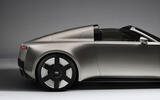
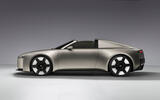
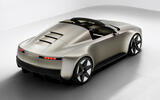
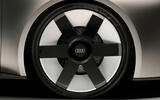






Join the debate
Add your comment
I owned a TTS and TT RS (both roadsters) and did not envisage going to an EV until I loaned a Cyberster GT for a few days in April. I took delivery in July and is a fantastic car and all credit to MG for being first to market with an EV roadster. It is a stunning looking car and am sure the Audi and Porsche EVs will cost almost twice as much when they come to market. I was apprehensive when I took the plunge but I can truly say this is the most enjoyable car I have owned. I have driven roadsters since the 90s and in addition to my Audis I have owned an MGF and two Z4s. I never anticipated buying another MG until the Cyberster came along.
I kinda like it's but a bit too brutalist, like it's from a dystopian sci fi movie, which I suppose is what we're living through in the US. Also the front looks like a face with a stern expression and a Hitler 'stache. Did the they hire the designer that did Jaguar's EV concept?
Bleurgh.. little bit of sick in my mouth.